NASA Photos: 13 Amazing Images From The First Moon Landing
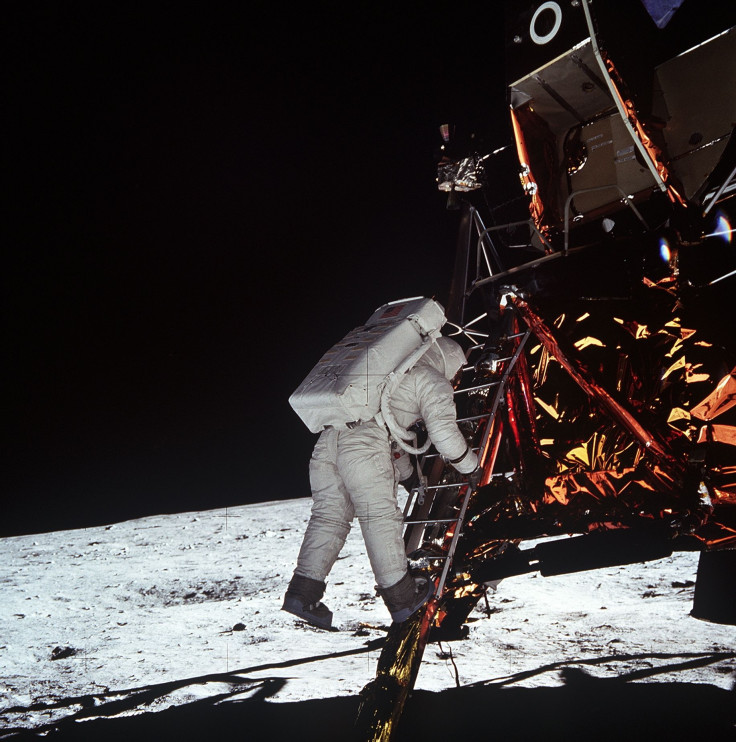
In 1961, President John F. Kennedy gave NASA a mission: send a man to the Moon before the decade was up, and NASA responded by doing exactly that.
In a speech to Congress, President Kennedy called for "longer strides" a comment Neil Armstrong evoked eight years later when he said, "One small step for man, one giant leap for man kind." Kennedy had been assassinated nearly six years prior, but his vision for the future of space exploration had clearly lived on.
Read: NASA's Cassini Will Burn Up In Saturn's Atmosphere In 'Grand Finale': Images From Its Mission
The Apollo 11 crew was chosen and trained extensively by NASA before they went on their mission, but it all happened in a mere seven months after NASA made the decision to go ahead with a manned trip to the Moon. NASA selected astronauts Neil Armstrong (mission commander), Michael Collins and Edwin E. "Buzz" Aldrin to man the mission.
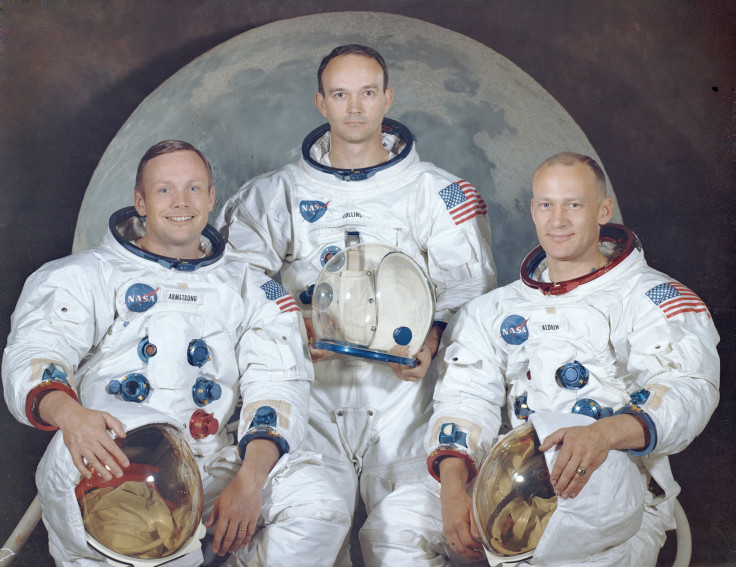
The crew trained for months, they even practiced simple tasks, like using the ladder that would be attached to the lunar module during their mission.
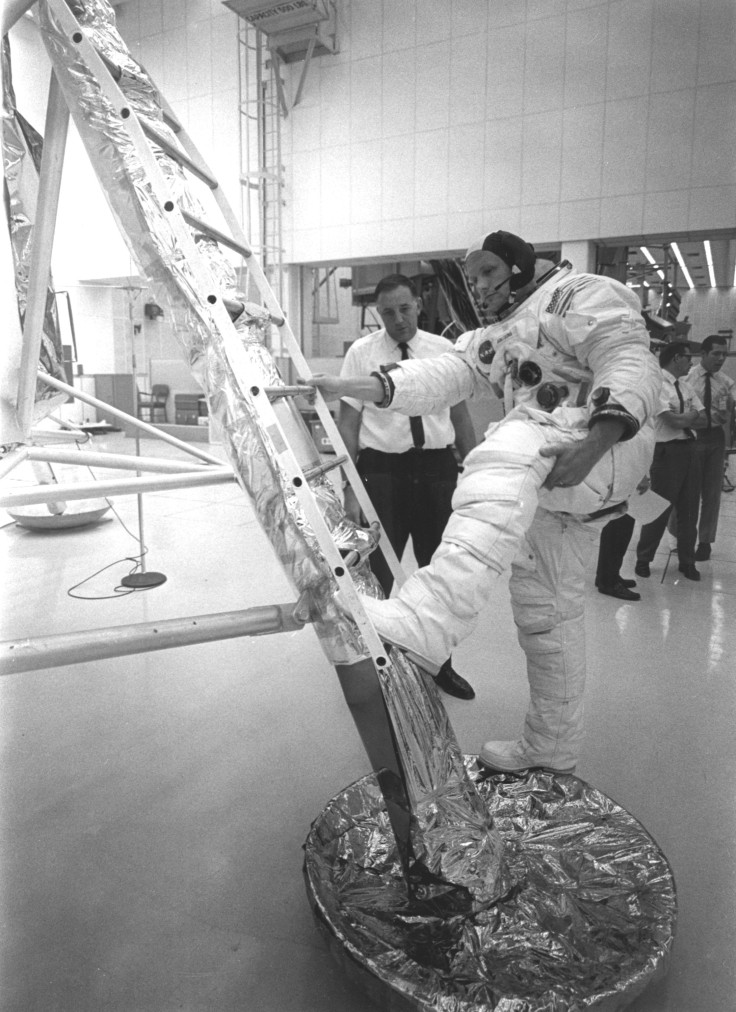
They practiced setting up the camera that eventually was used to broadcast the landing to half a billion people on Earth.
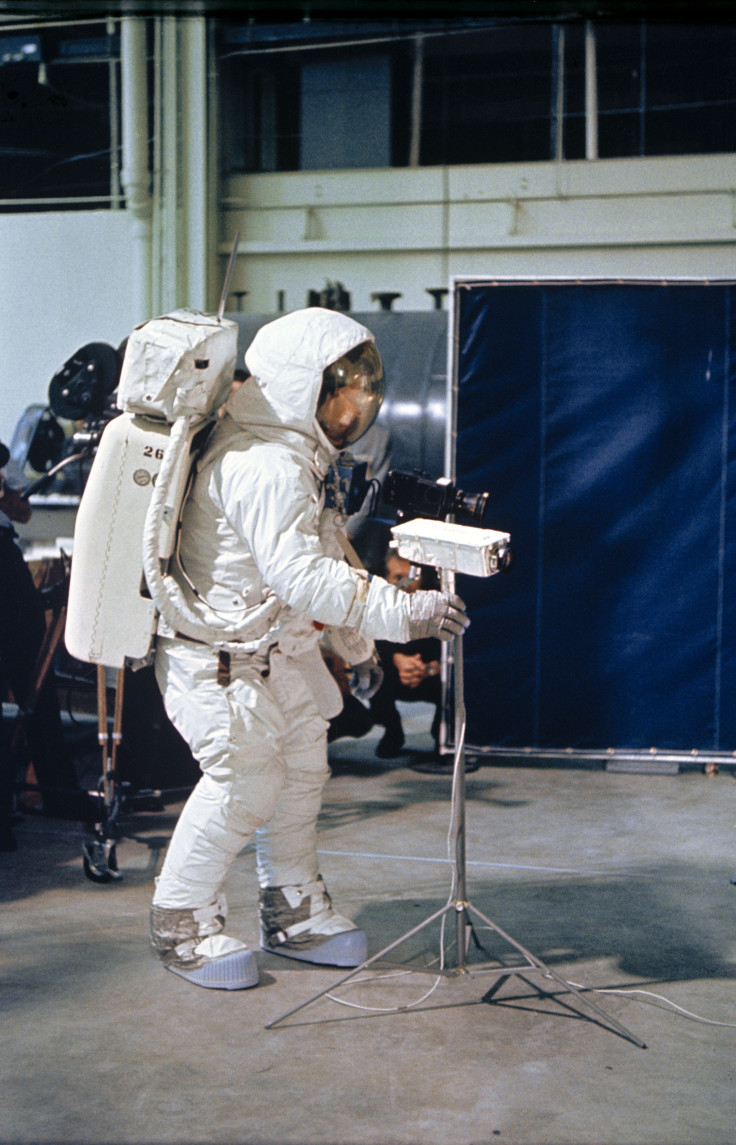
They also practiced taking samples of lunar material to bring back to Earth. The crew collected 47 pounds of lunar-surface materials on the moon that they brought back to Earth with them for testing at NASA labs.

The crew even practiced their water landing in the Gulf of Mexico.
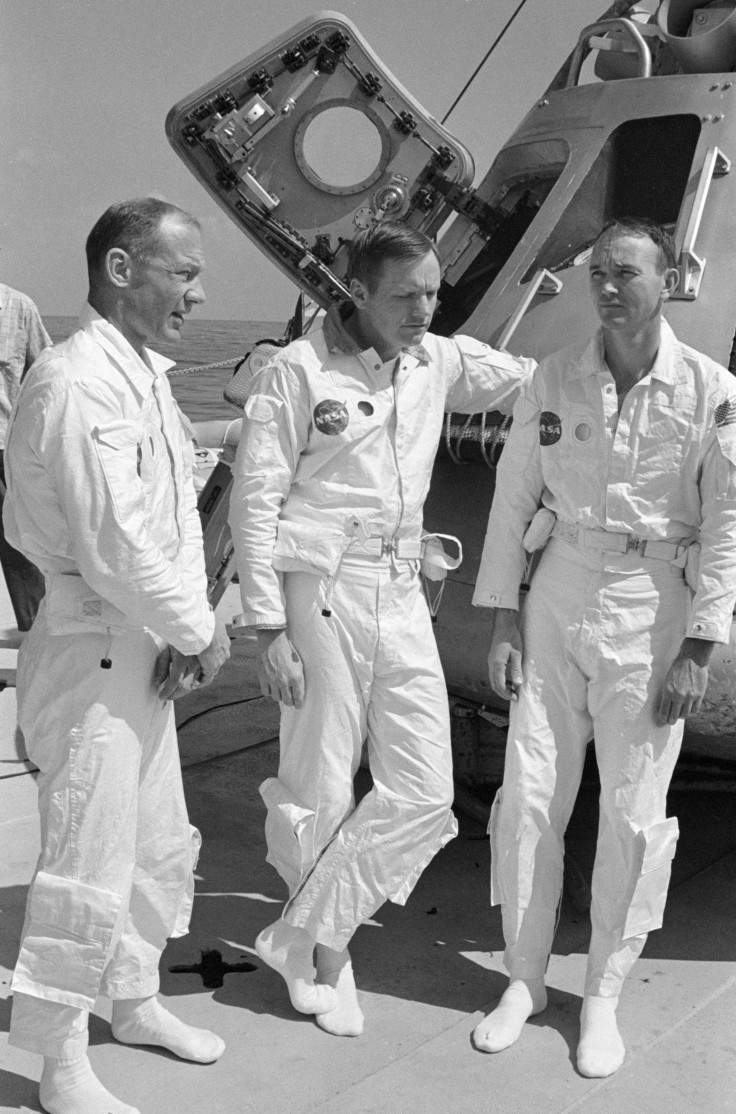
On the morning of July 16, 1969, the crew entered space craft to launch to space.

Astronaut Collins piloted the Columbia craft in parked orbit around the Moon while Aldrin and Armstrong took the Lunar Module "Eagle" down to the surface of the moon on July 20, 1969.
Aldrin and Armstrong posed for photos with the American flag they planted on the surface of the moon that is still there today.

The flag isn't the only thing Aldrin and Armstrong left on the Moon, their footprints are also there.
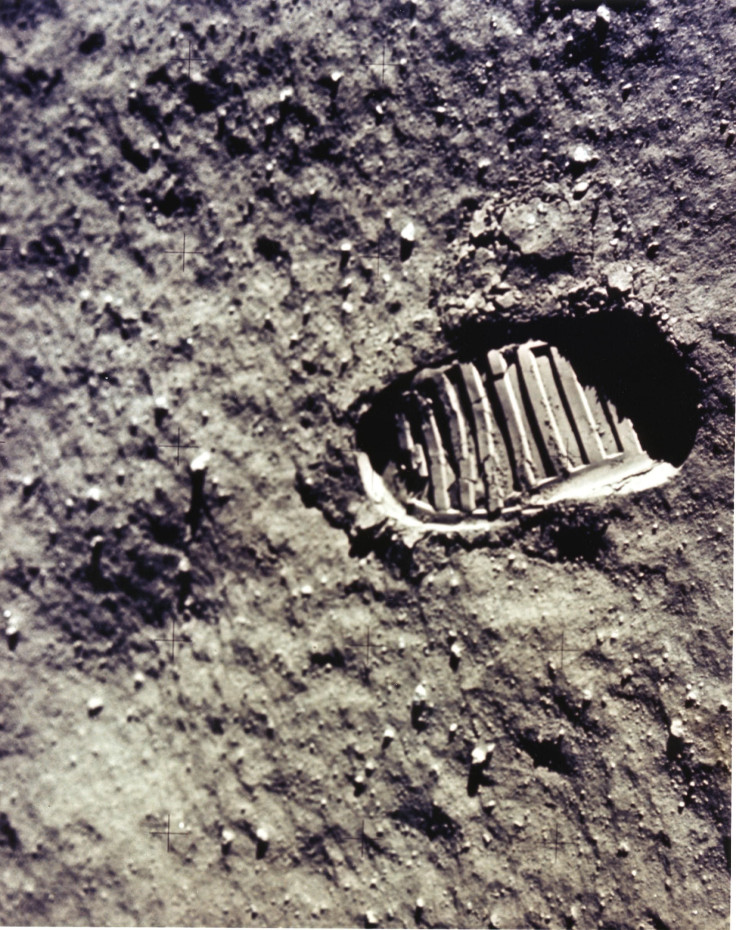
The view of the Earth from the Moon is pretty incredible.
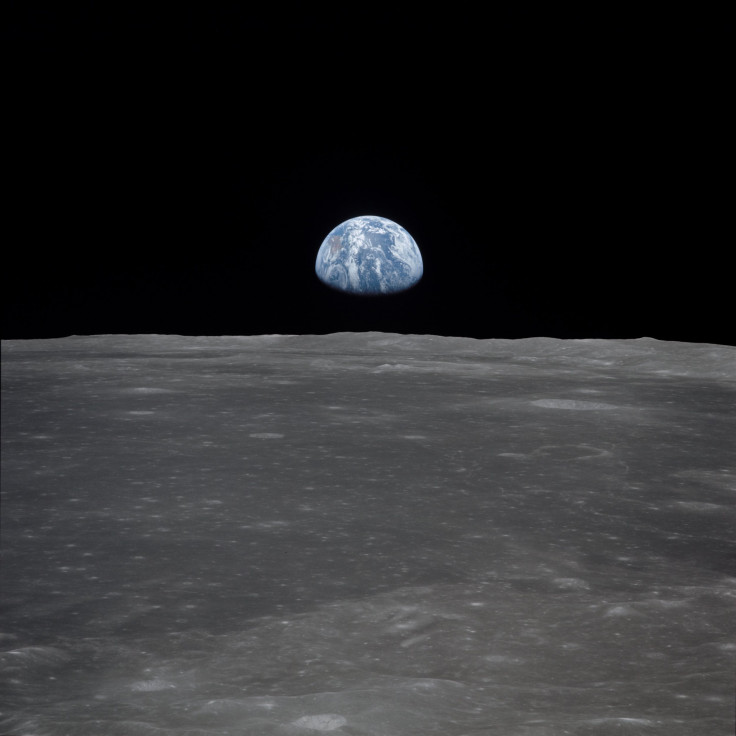
Upon return the crew landed in the 812 miles southwest of Hawaii on July 24, 1969. The USS Hornet recovered the vessel.
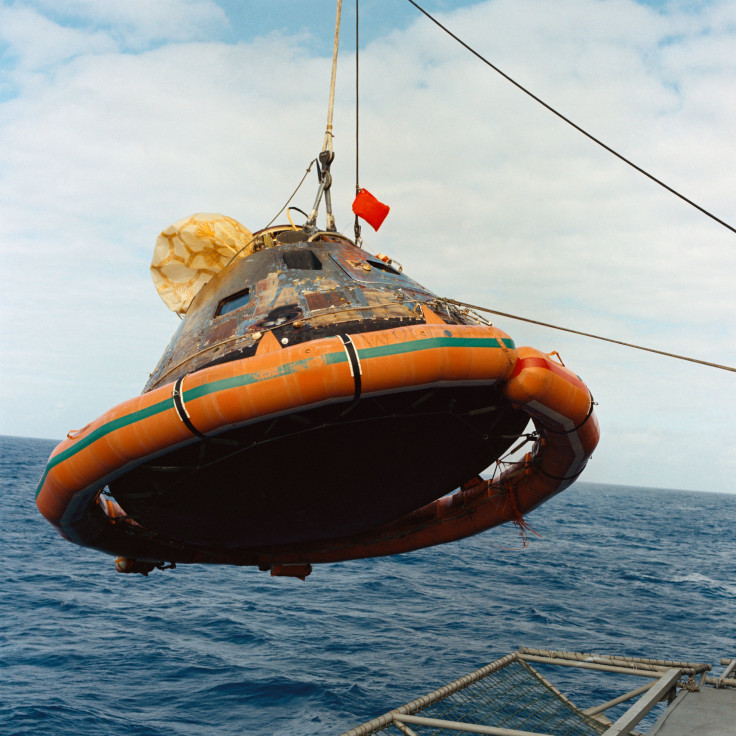
After the crew returned to Earth, they were quarantined for 21 days.
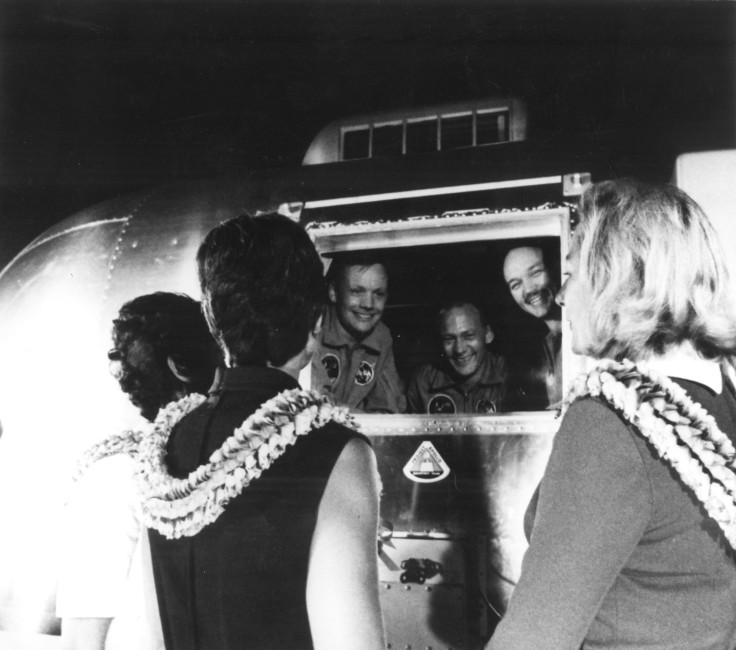
After the mission the astronauts were stars. A parade was thrown for them in Houston in August of that year.
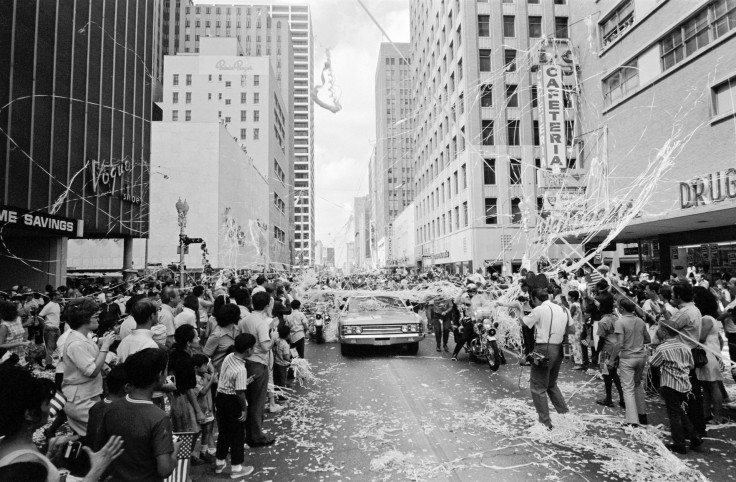
Over the three years following the first lunar landing, 10 more astronauts visited the Moon just as Aldrin and Armstrong did.
© Copyright IBTimes 2024. All rights reserved.











